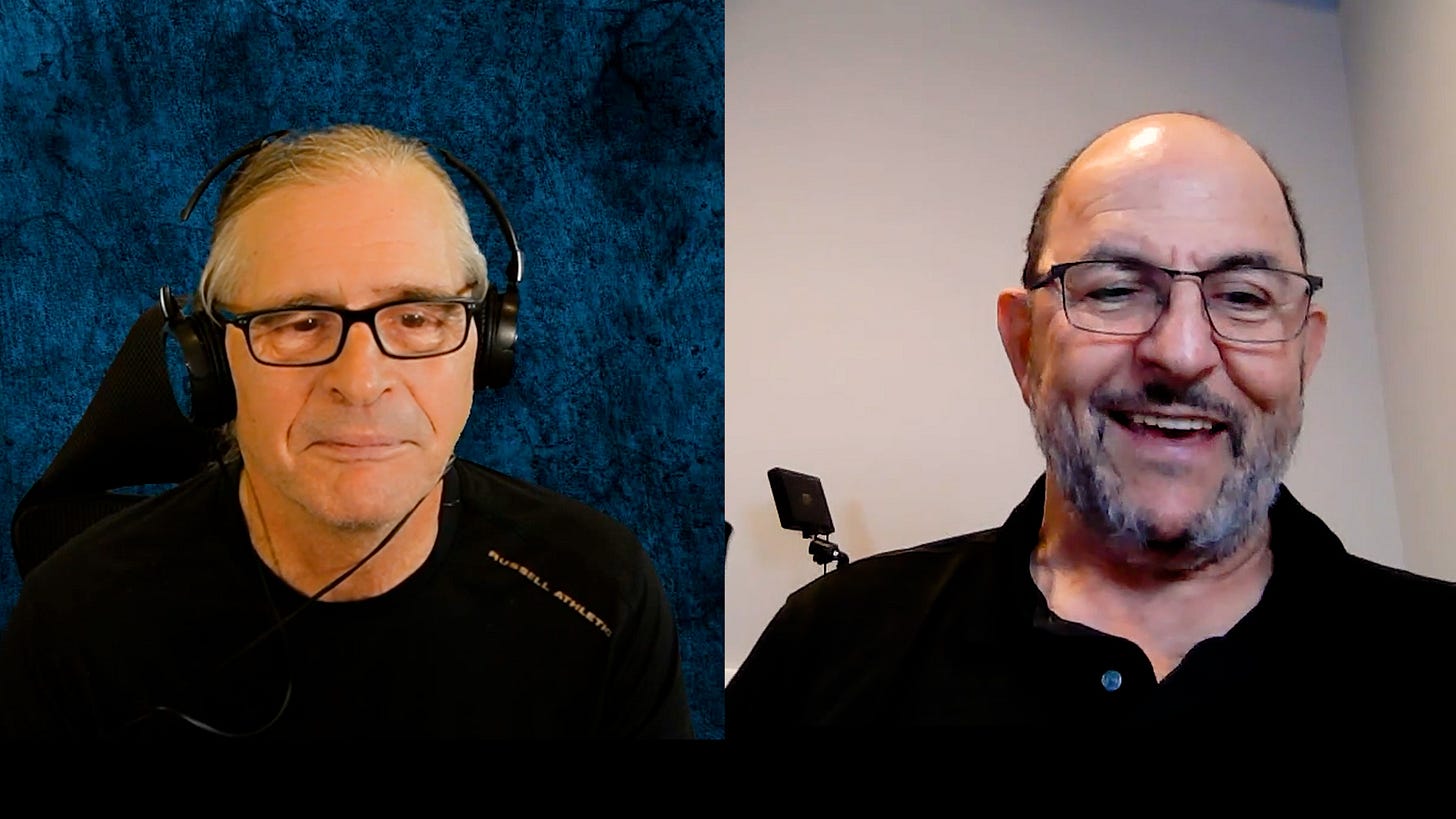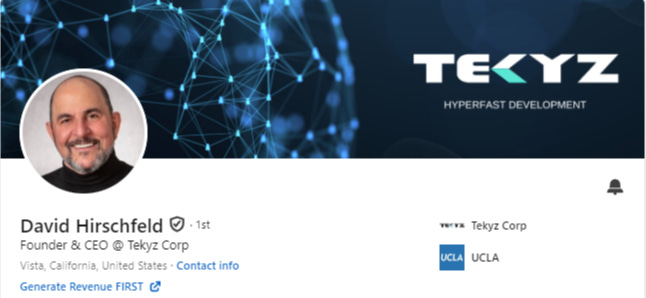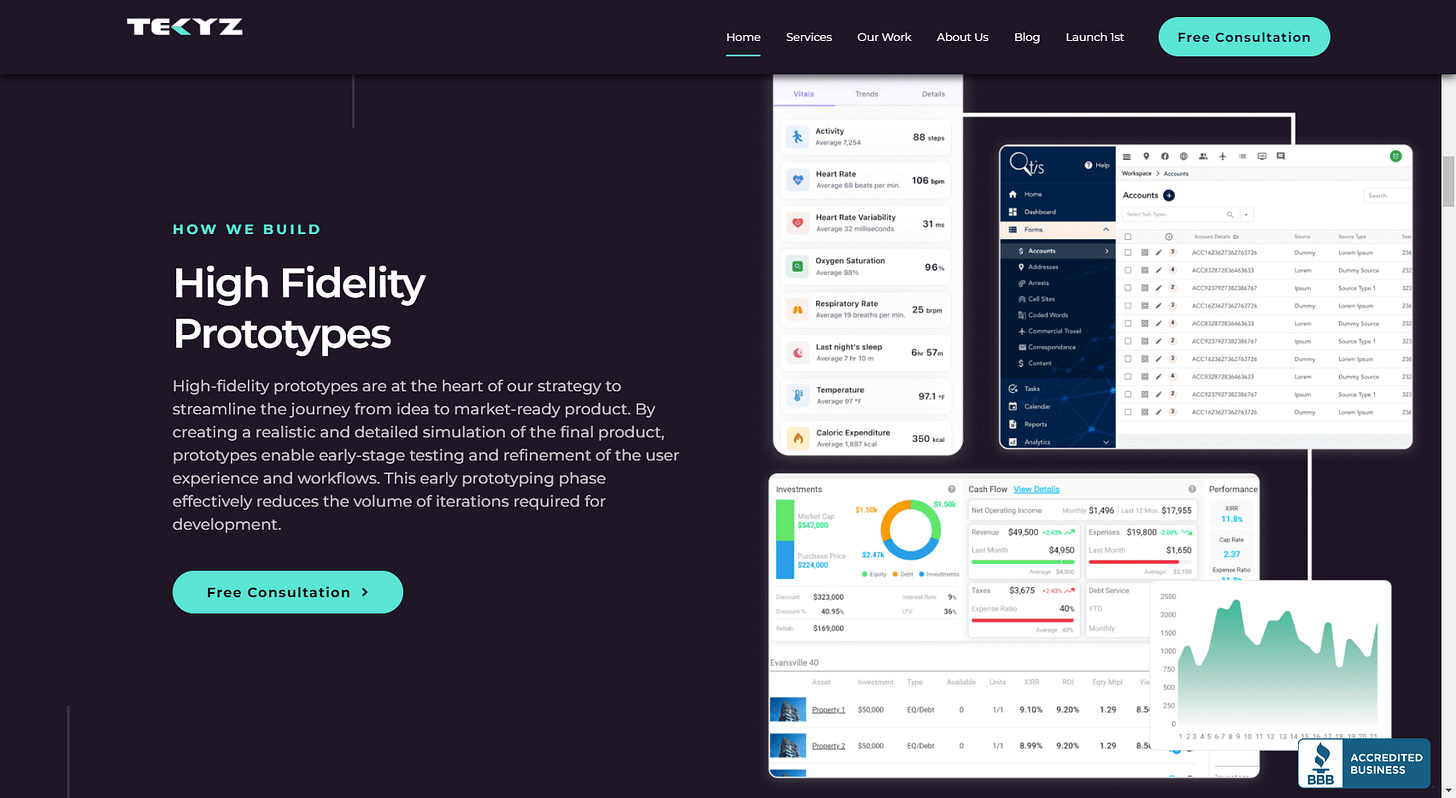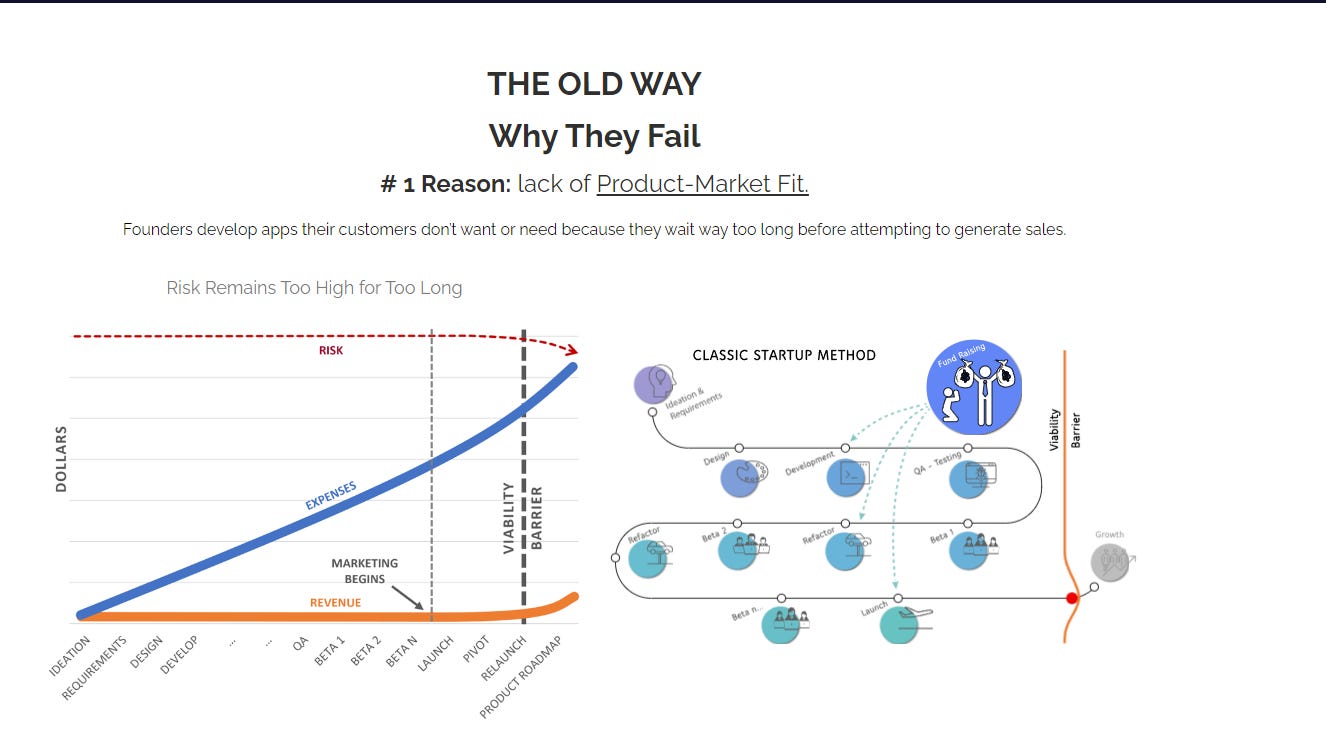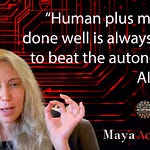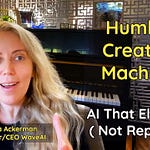What's the one problem you're perfectly positioned to solve?
Hard question, and one that demands answers.
AI startups today are like architects trying to build an entire city before they've mastered a single room.
Every feature becomes another building, every idea another street, until a little AI chaos - the unexpected edge cases - flummox it all up.
You know, the stuff we don't expect.
Soon these founders are stretched too thin to build anything that lasts. There is a different way....
master one space that people need, and will pay for?
One problem costing money, one solution that makes their life measurably better?
This week's convo with Tekyz.com CEO and software developer David Hirschfeld gets to the heart of it:
'Founders who are in love with their problem, usually are in love with the customer.
Those are founders that find a way to become successful.
The ones that are in love with their idea and their product fail in massive numbers.'
That's worth unpacking, especially as we navigate the AI of 2025.
1. The FUD Factor: Why Fear Drives Interest
Before we start finding that one perfect problem to solve, we need to simplify.
It all comes down to something deeper than features or benefits - addressing fundamental human fears.
"Everything is about fear," David explains,
"but not in the way you might think.
When even excitement about a vacation comes from wanting to avoid boredom, you start to understand what really drives decisions."
Your customers aren't buying code - they're buying trust.
They're investing in the confidence that their core fears - about falling behind, losing the AI race, or missing opportunities - will be addressed.
IBM's famous FUD (Fear, Uncertainty, Doubt) strategy reveals something profound:
"I always thought that was just a very negative way of scaring people so you could win deals.
Then I started to realize it's not just that - it's the primary thing that motivates everybody to do the things that they do."
2. Building AI Teams That Transform Understanding into Action
When you're building something that matters, the foundation isn't just your idea - it's your team.
David's experience building global teams doesn’t follow the conventional wisdom about remote work.
"People talk about using offshore, but they literally treat it like throwing a ball over the fence and hoping there's somebody there to catch it," he shares.
Instead, David spent nine months in India over a decade, building relationships and understanding cultural nuances.
The result? A team that doesn't just execute – they collaborate.
"You have to basically be part of their culture and incorporate them in your culture. That's how you build teams."
3. The Simulation: Test Before You Invest
Here's where David's process gets fascinating - and practical. Most AI startups build first, then search for problems to solve.
David's approach? Simulate before you stimulate. Show them something that engages interest. You may find out you don’t have a fit….yet.
DIY Simulation Guide:
1. Create a high-fidelity prototype that looks and feels real
2. Present it to potential customers without explaining it's a simulation
3. Watch for the key question: "How do I know you can build this?"
4. If they don't ask - you've nailed it
"If you come up with a simulation of your product that's realistic enough so that people don't ask you how you'll build it, that's a critical success factor," David explains.
Try This Today:
- Pick one problem you think you can solve
- Sketch out a solution (literally - draw it!)
- Show it to three potential customers
- Ask about their daily/weekly pain points
- Don't pitch - listen for their fears
4. The Product Market Fit Evolution
"The one thing that everybody misses," David reveals, "is how to confirm product market fit before you invest in the development of your product.
You don't really want to build something and find out nobody wants it.
But this is what ninety-five out of a hundred startups do."
The difference between product market fit and product solution fit is:
- Product Market Fit: People say they'll buy it
- Product Solution Fit: People use it and get value from it
David's approach to validation is methodical:
"Ask somebody to pay you money for your idea.
If they pay you money for this product that they will eventually get, then you know you've got product market fit."
5. The AI Transformation: From Theory to Practice
The power of this approach becomes clear in David's own journey.
He's currently developing two AI applications using these exact principles:
1. An AI-powered niche analysis tool that helps founders identify their ideal market segment
2. A project estimation system that leverages AI to create more accurate development timelines
David knows AI might eventually make his estimation tool obsolete.
But that's exactly the point - when you understand your problem deeply enough, you can see even its eventual evolution. And make a choice.
Building in the AI Age: Your Action Plan
David's Launch 1st Framework isn't just for AI startups—it's a blueprint for anyone building a business in 2025.
Whether you're a creator growing your audience, a professional launching a side hustle, or an entrepreneur developing AI solutions, the principle remains the same: master one high-value problem.
Here's your roadmap to get started:
Find Your Daily Problem
Look for issues people face at least weekly
Quantify the cost of inaction
Listen for emotional triggers
Test Before You Build
Create high-fidelity prototypes
Get pre-commitments
Validate pricing against problem cost
Build for Solution Fit
Focus on user adoption
Measure actual usage
Iterate based on feedback
David used this framework to identify and develop two new AI applications.
One helps founders find their perfect market niche, while the other revolutionizes project estimation.
Both solve specific, high-value problems that people face regularly.
The beauty of this approach? It scales from solo creators to enterprise solutions.
When you understand your one problem deeply enough, the solution almost builds itself—whether that's content that resonates with your audience, a service that transforms your industry, or an AI tool that makes life measurably better.
Remember, in David's words:
"It's not about digital transformation now, it's about AI transformation."
But that transformation doesn't start with technology—it starts with understanding one problem so well that your solution becomes inevitable.
What's the one problem you're perfectly positioned to solve?
The AI future belongs to those who make one thing better for everyone else.



